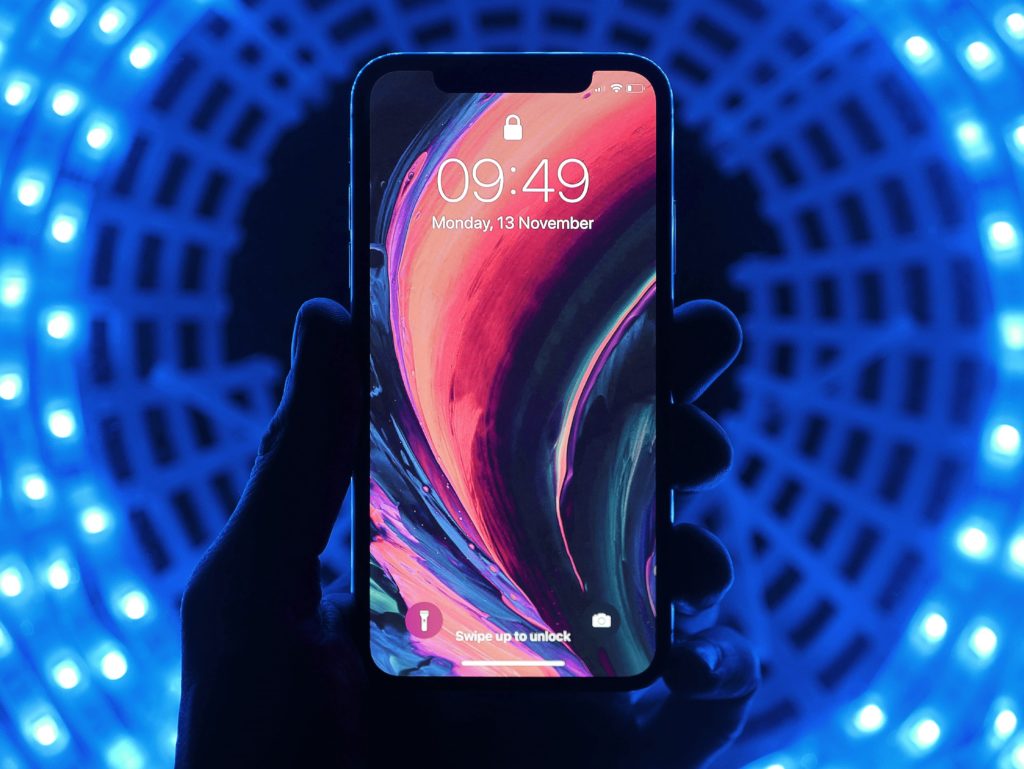Big news for fans of faster, more reliable Internet connectivity! Today, Apple is introducing the iPhone 11, the latest version of its wildly popular smartphone. In addition to a bevy of upgraded features — from a wide-lens camera to a scratch-resistant screen — all of the iPhone 11 models support Wi-Fi 6.

Photo by Youssef Sarhan on Unsplash
Today, most of our Wi-Fi-enabled devices use Wi-Fi 5 — also known as 802.11ac — a technical standard from the IEEE. But last year the Wi-Fi Alliance introduced Wi-Fi 6, a rebrand of sorts for the 802.11ax technical standard, and earlier this week, the Wi-Fi Alliance launched its Wi-Fi CERTIFIED 6 program and began certifying routers and Wi-Fi devices as Wi-Fi 6-enabled.
So what is Wi-Fi 6? Wi-Fi 6 is the next generation of Wi-Fi that promises faster speeds, more reliable coverage and longer battery life. It is a fully upgraded Wi-Fi experience that was designed for today’s Wi-Fi needs. Not only does Wi-Fi 6 provide faster connectivity, but it also has the ability to support and communicate with many devices simultaneously — perfect for high congestion areas like convention centers, stadiums and airports. The technology behind Wi-Fi 6 repackages data in a highly efficient way, which also extends device battery life.
The iPhone is not the only Wi-Fi 6 smartphone on the market. The Samsung Galaxy S10 and Galaxy Note 10 are also Wi-Fi 6-capable, as are a number of Wi-Fi chips for computers. Fueling these devices are next-generation Wi-Fi 6 routers from Cisco, Netgear, Asus, ARRIS and TP-Link. As some have noted, many of these routers look like spaceships from Star Trek, but all support multiple devices with ease and are particularly suited for gamers looking for low-latency play. Importantly, new routers and devices are backward compatible, so they can still work with Wi-Fi 5 technology, but only Wi-Fi 6 compatible devices will receive the full benefits of the Wi-Fi 6 experience.
Wi-Fi 6 provides an upgrade to the Wi-Fi we know and love. It is Wi-Fi that just works, plain and simple, even in crowds. In order to unleash the full power of this new standard, we need to devote more of our airwaves to support it. Wi-Fi-enabled devices are ubiquitous and often essential to business, but because of this, they have crowded our Wi-Fi spectrum. To take advantage of the full potential of Wi-Fi 6, we need more unlicensed spectrum for Wi-Fi to use.
